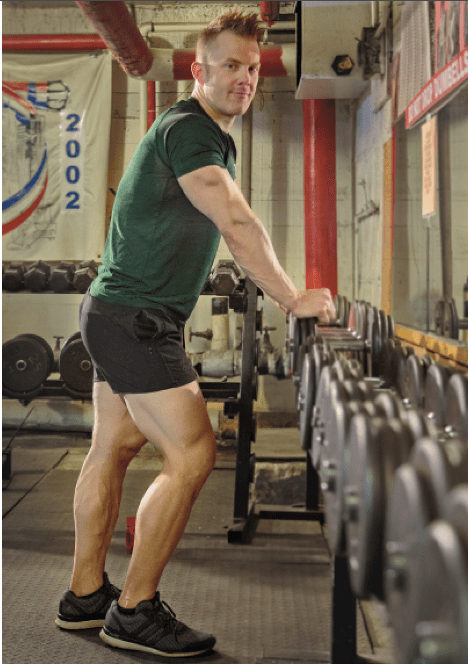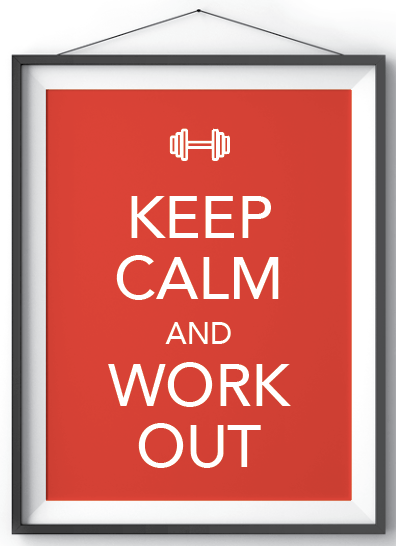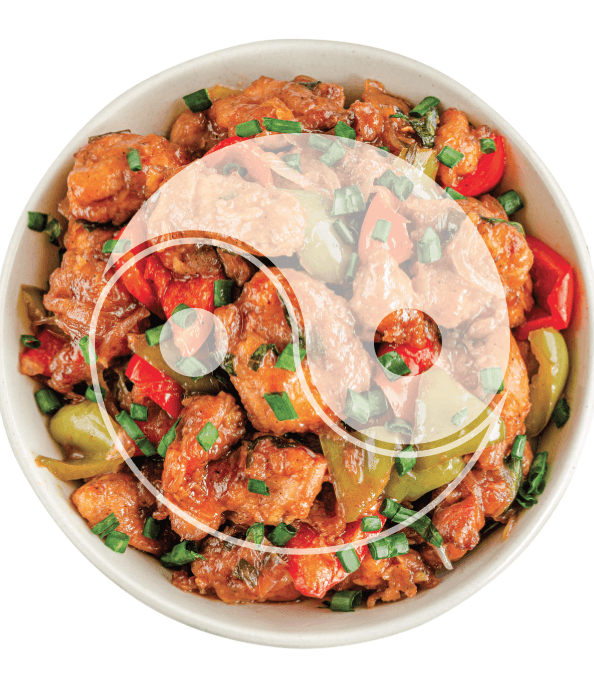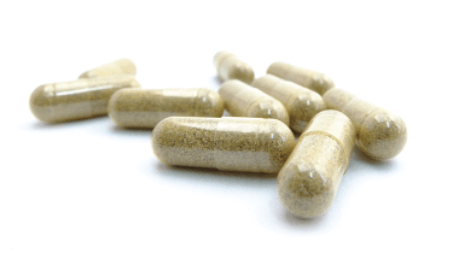Garbage In Garbage Out
Good nutrition provides your body with the fuel to boost energy and promote efficiency
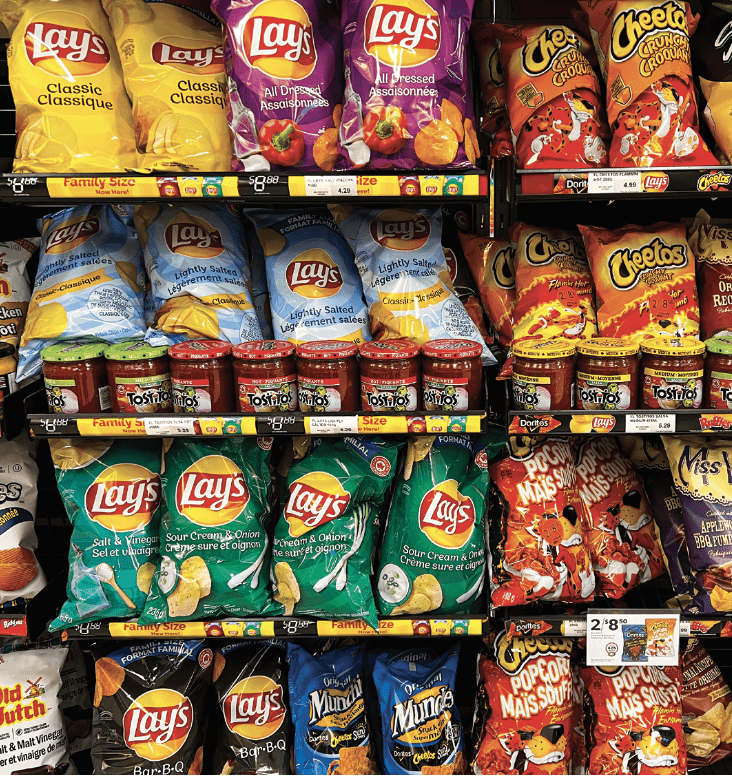
The computer era adage of “garbage in, garbage out” also holds true for the human body. Every single day, it needs adequate fuel to function.
That means constantly balancing the supply of nutrients with the demand of daily activities. In terms of energy availability and energy output, total calories are king, but the type of calories might be the queen.
Don’t expect to achieve a chiseled physique by chowing down on Pop-Tarts, and don’t expect strong health markers after constantly shoveling in apple streusel. No one can outrun a caloric surplus, but nearly anyone can shift the odds of the race in their favor with some smart choices.
But what exactly is a smart choice?
First, it’s important to recognize that no food is inherently bad, and no food is inherently good. The body doesn’t know it was just fed broccoli instead of mac and cheese. But it does know when it receives a certain quantity of macronutrients and micronutrients, and it breaks them down and partitions them as such.
Still, people who are serious about physical fitness know they can sneak away to an all-you-can-eat buffet only so many times before it catches up with them. They tend to eat some version of “clean” about 80% to 90% of the time.
While defining what makes up clean eating gets a bit slippery, any diet that advertises itself as such will undoubtedly share two characteristics: high protein and high fiber. A diet that emphasizes protein-rich meals and fibrous carbohydrates ranks high in the nutritional power rankings.
In other words, consistently filling up with high protein and high fiber when the body is craving to be charged up isn’t much different from consistently filling up with premium fuel at the pump. Fueling the system with high-quality inputs produces high-quality outputs.
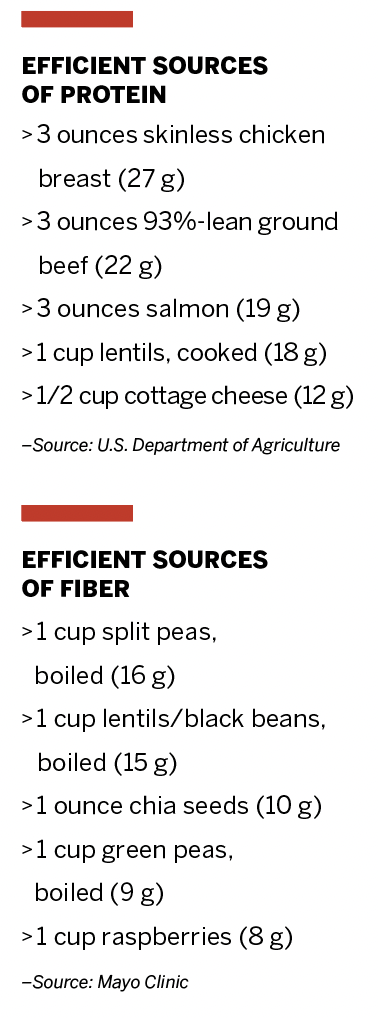
Now, the question is how much protein and how much fiber are best? Well, that depends on factors that a broad brush can’t possibly capture. They include specific goals, training age, metabolic capacity and digestion.
But here’s a great starting point: Shoot for a minimum of 20 to 30 grams of protein and 2 to 4 grams of fiber per meal. For three meals a day without too much food math, that’s about 60 to 90 grams of protein and about 6 to 12 grams of fiber per day.
That’s not the end of a nutritional strategy but rather the beginning. Think of those numbers as a catalyst, not a conclusion. Tweak them, adjust them. They’re meant to be customized.
Follow something even remotely resembling that and here’s what is going to happen:
• Most people feel two to 10 times better within the first few hours.
• They will begin to notice improved performance in the gym within the first couple of weeks.
• They will notice a little more muscle and a little less “non-muscle” within the first couple of months.
• Within the first year, most people will have a completely different view of nutrition and what it means to be healthy and fit.
Jim Shultz, Ph.D., a derivatives trader, fitness expert, owner of livefcubed.com and the daily host ofFrom Theory to Practiceon the tastytrade network, was named the North American Natural Bodybuilding Federation’s 2017 Novice Bodybuilding Champion. @jschultzf3




